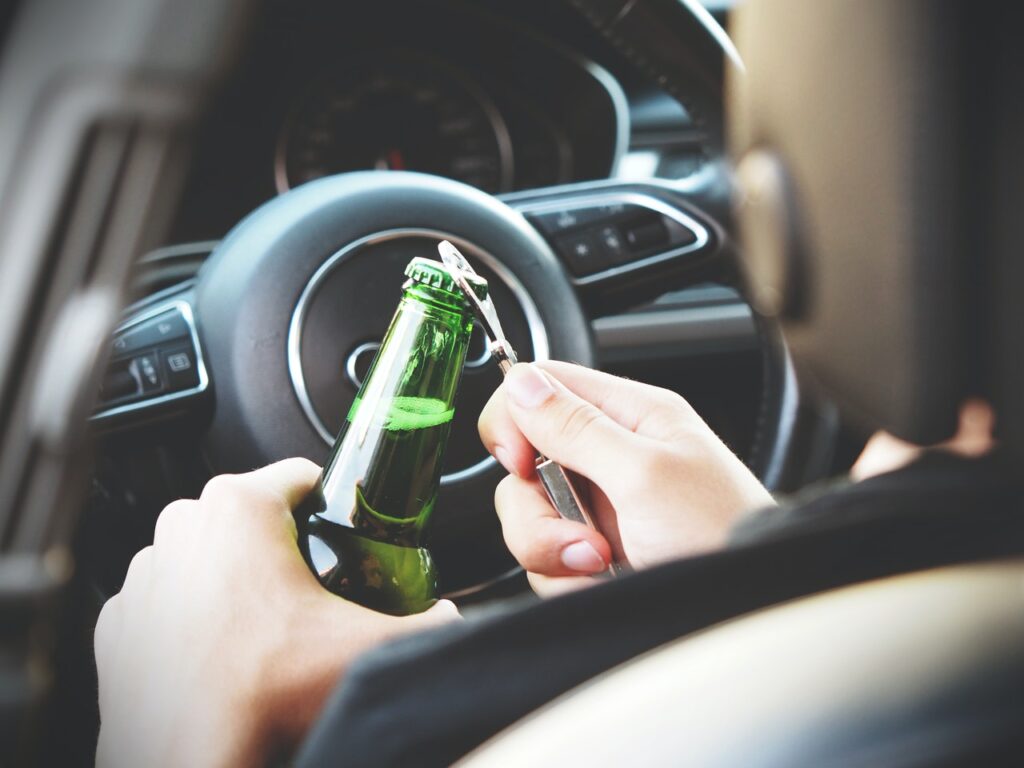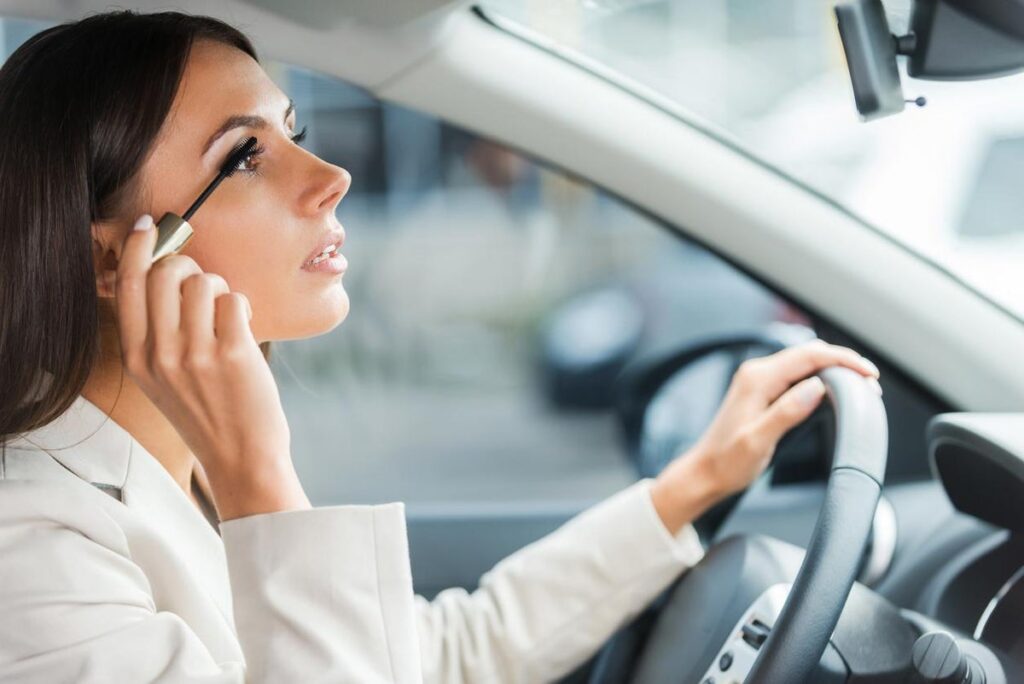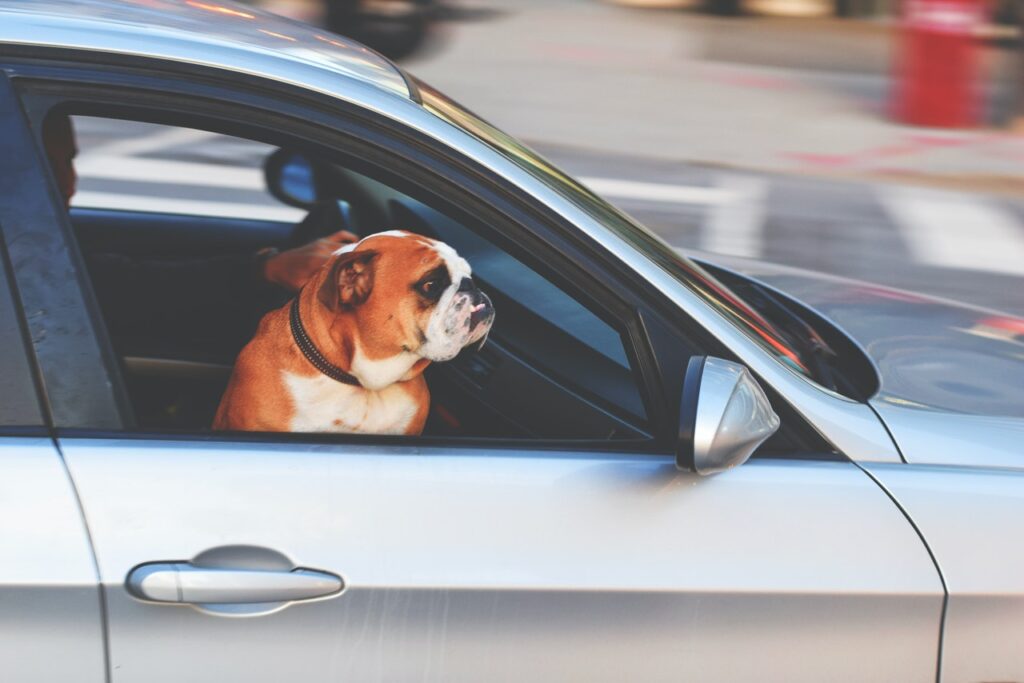Statistics show that traffic accidents are a highly ranked cause of death on an annual basis. Of course, death is not always the outcome, sometimes it is just material damage, minor, or more serious injuries. In any case, it is up to each of us, as road users, to focus on safe driving and do everything in our power to prevent damage.
What is it that distracts us while driving?

There are many factors that affect driving safety, many of which we are not even aware of. While driving, everything distracts – something more, something less. Some of the situations seem harmless at first glance so much that people are unaware of the consequences that can occur. Behind the wheel should be focused on the road and other participants. The driving process is not just about steering, transmission, and clutch. In order to drive safely, you must be aware of the dangers posed by the environment, carefully monitor other road users and take care of your behavior.
Read below for tips that every driver should apply while driving.
1. Don’t sit tired behind the wheel
Some of them seem so harmless at first glance that people are unaware of the consequences that can occur. Distraction can endanger our lives while driving. In addition to putting a careless driver at risk, he does the same to others around him – to other drivers and pedestrians. Lack of concentration causes material damage, severe bodily injuries, and even death. If you feel tired or drowsy, the best thing you can do for yourself and others is to get out of traffic and take a short break. Get out of the car, take a short walk, freshen up with water and continue slowly.
2. Driving under the influence of alcohol

Driving under the influence of alcohol is socially unacceptable! Some expert analyzes warn that even 0.2 per mille of blood alcohol has an adverse effect on driving and driver behavior. Even such small amounts of alcohol increase self-confidence and reduce the sense of responsibility, while at the same time making it difficult to notice and slowing down the reactions of drivers. Whether you want to admit it or not, alcohol affects the speed of reflexes in all people, in some less, in some more.
Under the influence of alcohol, the driver very quickly ceases to be aware of his abilities, relativizes the danger, and overestimates his driving abilities. He also becomes careless and prone to ignoring traffic regulations.
3. Mobile phones
Mobile phones have proven to be the king of interference. Many do not realize how much this device is distracting even when they use it according to the regulations, ie they do not send messages and make calls exclusively using headphones. Even in this case, research has shown that attention, due to conversation, decreases by 50%, and in the case of a more serious conversation that requires reflection, even up to 65%. If you still think you can use your phone and drive, Joye Law Firm will make you think again.
4. Makeup while driving

Let’s see what it takes to put on makeup. First, you need to prepare lipstick, mascara or something else, then choose a suitable mirror and finally the moment when you start the action. This all sounds like a “recipe for an accident.” If you want to fix your makeup, get out of traffic, no matter how hard you try. Remember that it is better to be a little late than not to arrive at all.
5. Loud music
We all love to relax with a favorite song, to boost volume, and relax while driving after a hard day at work. However, this does not seem like a smart idea, because it can prevent you from hearing traffic sounds.
6. Minimum conversations while driving

There is nothing wrong with hanging out and talking to loved ones. Unless you need to focus on driving and the situation on the road. It’s one thing to sit in a coffee shop and discuss interesting topics going into detail, but behind the wheel, it can reduce the level of safety on wheels for both you and other passengers.
7. Have an experienced passenger with you
If you have recently received a driver’s license and you have no driving experience, it is necessary to have an experienced driver with you in the vehicle who will encourage you, but also make sure that everything is in order.
8. Look in the right-side mirror

With the arrival of nice weather on the street, there are more and more cyclists and motorcyclists, who are also the most vulnerable group of traffic participants. Motorcyclists are deprived of the advantage. Why is it like that? The most common situation is when the driver of the car turns left. There are two possible scenarios of an accident. The first is when the motorcycle comes to meet, the driver of the car misjudges its speed, so he decides to turn thinking that he will still arrive.
It’s gambling and gambling right from the start, and there’s no place for that in traffic. Another situation is when a motorcyclist walks around or overtakes a car, and the driver not only does not turn on the turn signal but turns faster or better without checking the blind spot. Blind spots are an important safety procedure to take when driving as it allows you to be aware of your surroundings before turning or merging lanes. Check out this guide on how to safely check blind spots.
9. The heat affects the driver’s focus
Speaking of warmer weather, the heat affects the ability to drive a vehicle because during the summer the blood pressure drops and the body relaxes. It often happened that drivers did not lose concentration due to the heat in the car, but fell asleep behind the wheel while driving and caused a traffic accident. In addition to physical weakness and drowsiness, there is also a headache accompanied by nausea. During hot summer days, use the air conditioning while driving, but make sure the temperature is not too low, as the body could experience juice when getting out of the car.
Final thoughts
Awareness, culture, and traffic habits are factors that need to be worked on individually, in order to become better and more conscientious drivers and thus minimize all possible dangers of possible accidents.







